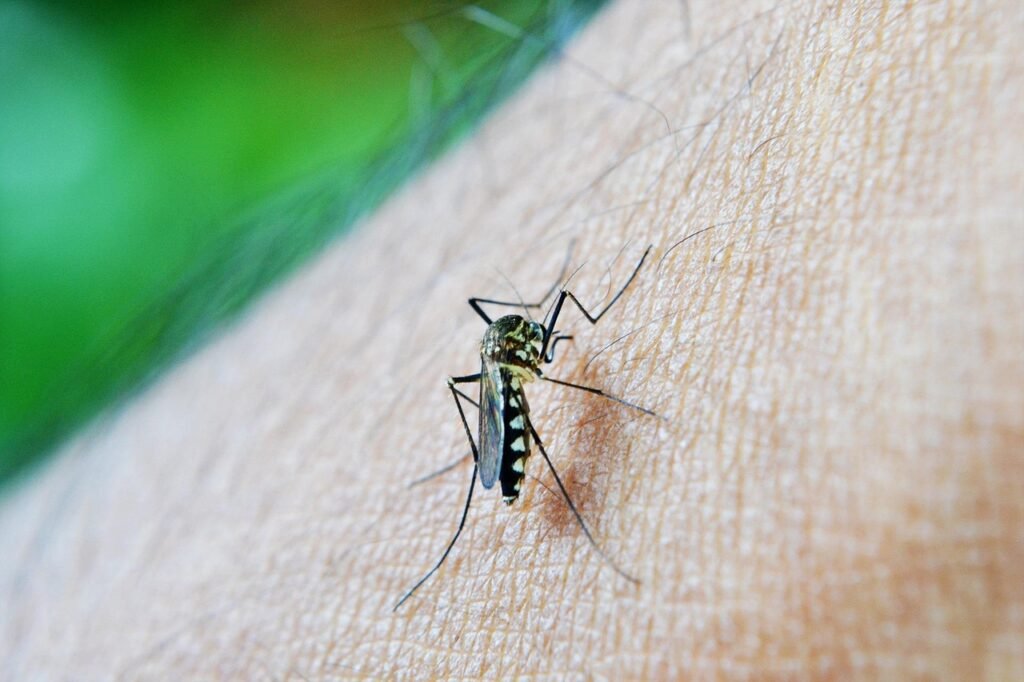Introduction
There’s a new global health threat in motion—and no, it’s not another COVID variant or even dengue. This one is older, sneakier, and spreading across countries in silence: Chikungunya. While overshadowed by flashier headlines, this mosquito-borne virus is emerging in alarming waves, triggering outbreaks that health officials are calling the “sleeper pandemic.”
It mimics dengue. It spreads just as fast. But what makes it more dangerous is how silently it can cripple lives for months—sometimes even years—with chronic joint pain, fatigue, and inflammation. Here’s why the world should be paying attention—and why the next outbreak might be closer than you think.
What is Chikungunya?

Chikungunya is a viral disease transmitted primarily by Aedes aegypti and Aedes albopictus mosquitoes, the same mosquitoes responsible for spreading dengue and Zika. The word “Chikungunya” comes from the Makonde language of Tanzania, meaning “to become contorted,” referring to the severe joint pain it causes.
Symptoms typically include:
- Sudden high fever
- Debilitating joint pain
- Headaches
- Rash
- Muscle pain
- Fatigue
Most people recover in 1–2 weeks, but many suffer from joint pain for months or even years, mimicking arthritis.
Why Chikungunya Is Spreading Now
Global warming and urbanisation have created ideal breeding grounds for the Aedes mosquito. What was once a seasonal or tropical disease is now crossing continents, affecting countries that had little to no exposure before.
Here’s what’s driving the spread:
- Warmer climates extending mosquito seasons
- Unplanned urban growth and water stagnation
- Increased global travel and migration
- Lack of vaccines and specific treatments
Global Outbreaks on the Rise
According to the World Health Organization (WHO), 2023–2025 has seen record surges in Chikungunya cases in South America, Asia, and parts of Europe.
| Region | Reported Cases (2024) | Trend |
|---|---|---|
| Brazil | More than 260,000 | ↑ 70% from 2023 |
| India | 45,000+ | Increasing in monsoon season |
| Thailand | Over 13,000 | Highest in 5 years |
| Europe (Italy, France) | Scattered outbreaks | First-time local transmission |
Is It Worse Than Dengue?
Yes—and no.
Dengue tends to have higher fatality in severe cases. But Chikungunya leaves a longer-lasting impact, especially among older adults and those with pre-existing conditions.
Here’s a quick comparison:
| Feature | Dengue | Chikungunya |
|---|---|---|
| Fever | High | Very High |
| Joint Pain | Mild to Moderate | Severe, long-lasting |
| Bleeding Risk | High | Low |
| Chronic Effects | Rare | Common (can last months) |
| Mortality Rate | Up to 5% in severe cases | Very low |
The Hidden Cost of Chikungunya
While it’s not as deadly, Chikungunya is economically and socially devastating. Think of:
- Workers out for months due to joint pain
- Health systems burdened with long-term cases
- Families pushed to the brink with no treatment support
And yet, it remains off the radar in global public health funding.
Is There a Cure or Vaccine?
As of now:
There is no cure. No vaccine. No long-term treatment.
Only symptom relief through:
- Paracetamol or NSAIDs (avoid aspirin in co-infections with dengue)
- Rest and hydration
- Physical therapy for chronic pain
The first experimental vaccines are in trials (by Valneva and others), but public availability may still be 1–2 years away.
What You Can Do Now
You can’t outrun the mosquitoes. But you can reduce your exposure dramatically.
Protect yourself by:
- Using mosquito repellents (DEET-based or natural)
- Wearing full-sleeved clothing
- Eliminating standing water in and around your home
- Installing mosquito nets/screens
If traveling to affected countries, check health alerts before departure.
Final Thoughts
We’ve spent the last decade fighting viruses we could see—Ebola, Zika, COVID. But Chikungunya? It’s the one we keep ignoring until it’s too late. It’s not as flashy, not always fatal, but it’s insidious—and it’s already spreading faster than most countries can control.
The next outbreak won’t knock. It’ll just arrive—quietly, painfully, and everywhere.
Sources
| Source | Link |
|---|---|
| World Health Organization (WHO) | https://www.who.int/news-room/fact-sheets/detail/chikungunya |
| CDC Chikungunya Info | https://www.cdc.gov/chikungunya/index.html |
| European Centre for Disease Prevention and Control | https://www.ecdc.europa.eu/en/chikungunya |
| Valneva Vaccine Trials | https://valneva.com/press-release/chikungunya-phase3/ |